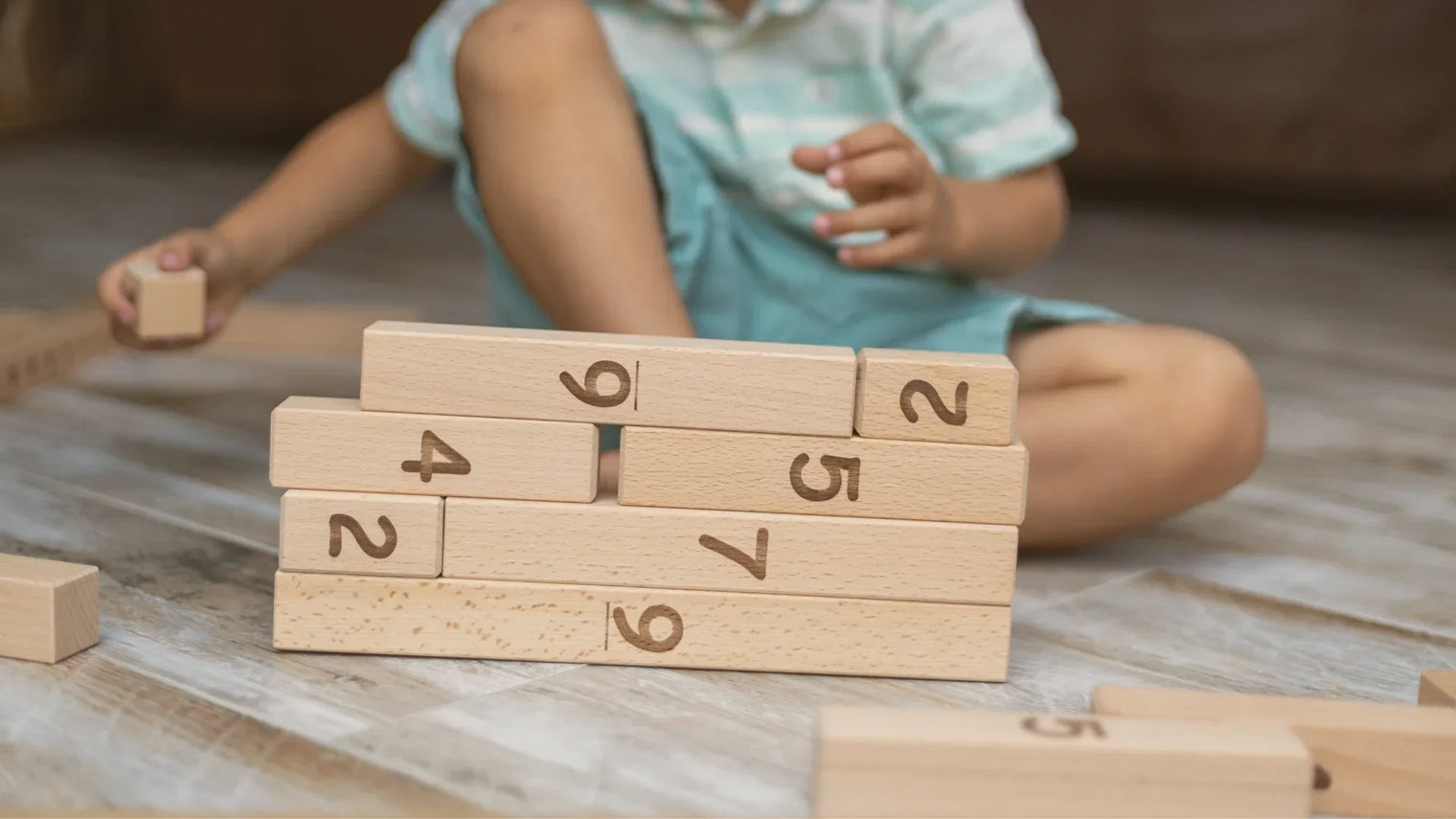Discover the best educational toys for 4-year-olds that promote learning through play. From STEM toys to creative tools, find perfect gifts for preschoolers.
At age four, children are in one of the most exciting stages of development. Their curiosity is endless, their imagination is bursting, and their ability to absorb new skills is growing rapidly.
This is the perfect time to introduce educational toys that go beyond entertainment — toys that nurture problem-solving, creativity, coordination, and social skills.
Choosing the right toys isn’t always easy, though. With so many options on the market, it’s hard to know which ones actually support learning and which are just flashy distractions. That’s why we’ve put together this guide to the top 10 educational toys for 4-year-olds.
Each toy on this list is designed to engage little hands and big imaginations while encouraging growth in meaningful ways.
At Dannico Woodworks, we believe that a child’s environment plays a huge role in how they learn, play, and grow.
Just as we design furniture that fosters independence and creativity, the right toys can help create a foundation for confidence, exploration, and lifelong learning.
Let’s dive into our carefully curated list.
1. Wooden Building Blocks

A timeless classic, wooden building blocks encourage creativity and problem-solving.
Children learn about balance, cause and effect, and even early engineering concepts while stacking and building structures. Blocks also help improve fine motor skills and spatial awareness.
Tip: Look for sets with a variety of shapes, so your child can experiment with towers, bridges, and imaginative buildings.
2. Puzzles with Larger Pieces

At age four, puzzles with 20–50 pieces are ideal. They sharpen problem-solving skills, improve hand-eye coordination, and encourage patience.
Choose puzzles with themes your child loves — animals, vehicles, or nature scenes — to keep them motivated.
Educational Bonus: Puzzles can also boost memory and teach children how to recognize patterns.
3. Pretend Play Kitchen Sets

Pretend play is more than just fun. Kitchen sets encourage social interaction, creativity, and independence.
Children learn about sequencing (“first we mix, then we bake”), role-playing, and even basic math concepts when they “measure” ingredients.
Pairing this toy with child-sized furniture — like a sturdy play table from Dannico Woodworks — can make the experience even more engaging and realistic.
4. Art Supplies and Easels

Crayons, washable markers, paint, and an easel provide endless opportunities for creative expression.
At this age, art helps children build fine motor skills, strengthen focus, and explore emotions.
An easel also allows for standing play, which is great for physical development and posture.
Encourage your child to create freely without worrying about the “end result.” The process of making art is what nurtures growth.
5. Musical Instruments for Kids

Small drums, tambourines, xylophones, or keyboards help children explore rhythm, sound, and coordination.
Music stimulates both sides of the brain and can even support early math and language skills.
Group play with instruments also teaches sharing and teamwork. It’s noisy fun with big developmental payoffs.
6. Montessori-Inspired Sorting and Counting Toys

Simple wooden toys with shapes, numbers, or colours to sort and match are fantastic for developing early math and logic skills.
These toys build concentration and teach children how to categorize information — a foundational cognitive skill.
Montessori-inspired designs are especially effective because they’re hands-on and self-correcting, encouraging independent learning.
7. Storybooks with Interactive Elements

While books may not fit the traditional “toy” category, interactive storybooks are essential educational tools.
Pop-ups, flaps, textures, or audio buttons make reading engaging and interactive.
At four, children are developing vocabulary rapidly, and interactive books help hold their attention while making literacy fun.
Pair reading with a cozy, well-designed reading nook — something we love helping families create at Dannico Woodworks — to make storytime extra special.
8. Outdoor Play Toys (Ride-Ons and Balance Bikes)

Four-year-olds are full of energy, and outdoor play is just as educational as indoor activities.
Ride-on toys and balance bikes strengthen coordination, balance, and gross motor skills. They also build confidence and independence as kids master new physical challenges.
Outdoor play toys also encourage social interaction with peers, teaching cooperation and sharing.
9. STEM Kits for Young Learners

Basic STEM kits designed for preschoolers — like beginner science experiments, magnetic tiles, or gears — spark curiosity about how the world works. These toys promote critical thinking, logical reasoning, and hands-on problem solving.
Tip: Look for age-appropriate sets that focus on exploration rather than complex instructions. At this age, the goal is discovery, not perfection.
10. Role-Play Costumes and Props

Dress-up play encourages imagination, storytelling, and empathy. Whether they’re pretending to be a doctor, firefighter, or explorer, role-play helps children understand the world around them and practice social roles.
Adding a dedicated play corner in your home, furnished with kid-friendly pieces, gives children a safe and inspiring space to immerse themselves in imaginative play.
FAQs
How many educational toys should my child have?
Quality matters more than quantity. A few well-chosen toys that spark curiosity and can be used in multiple ways are far better than an overflowing toy bin.
Are electronic learning toys good for 4-year-olds?
Some can be, but simple, hands-on toys tend to be more effective at this age. Electronics often focus on entertainment, while tactile play develops motor skills, problem-solving, and creativity more deeply.
How do I know if a toy is educational?
Ask yourself: Does this toy encourage problem-solving, creativity, or social interaction? If yes, it’s likely educational. Toys that only flash lights or play sounds without interaction don’t offer much developmental value.
Can furniture play a role in educational play?
Absolutely. Child-sized tables, chairs, and storage units create an environment where kids can explore toys independently and safely.
At Dannico Woodworks, we’ve seen firsthand how thoughtfully designed furniture fosters independence and makes learning activities more enjoyable.
Further Resources
- American Academy of Pediatrics: Choosing Appropriate Toys
- Montessori Method and Early Childhood Learning
- Zero to Three: Play and Development in Early Childhood
Conclusion
Educational toys are more than just playthings — they are tools that help children build the skills they’ll carry into school and beyond.
At age four, the right toys can inspire curiosity, spark imagination, and nurture independence in powerful ways.
At Dannico Woodworks, we share the same mission: creating environments where children thrive.
Just as our furniture supports safe, creative, and independent play, the toys you choose can transform ordinary playtime into meaningful learning experiences.
Which educational toy do you think would make the biggest difference for your child right now?

